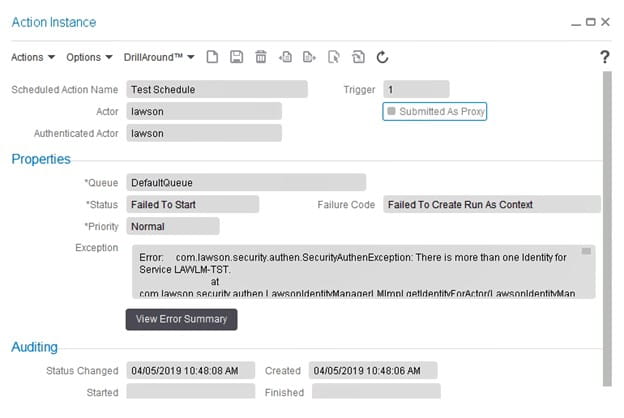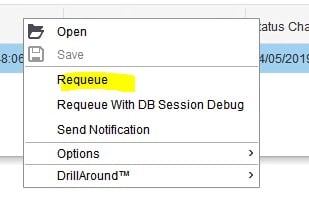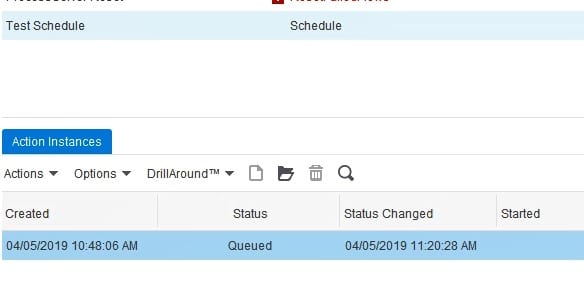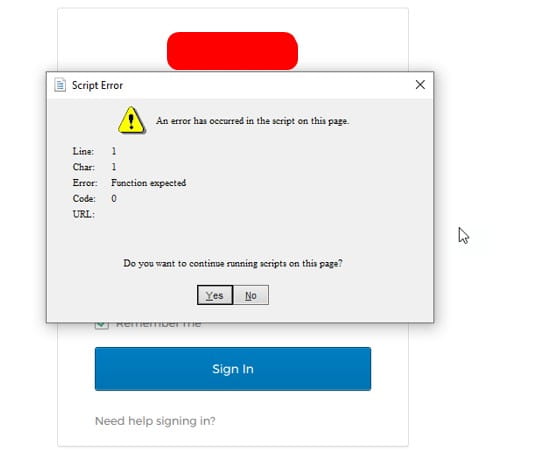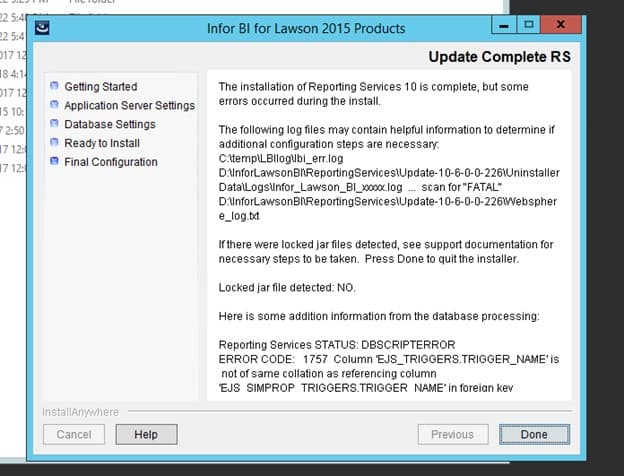Technology has always played a role in the medical industry. It only become even more popular because of the COVID-19 pandemic in 2020. More and more virtual patient care and medical devices were used and the medical device industry has since been busier than ever. Entrepreneur and technology expert Alex Kulitski – Found and CEO of Smart IT and CTO of MEDvidi, shares his expert knowledge on Med Device Online of the rising trends in the healthcare industry and where medical devices can have the most impact.
- Cybersecurity. “The number of cybersecurity attacks targeting U.S. healthcare organizations doubled in the first half of 2022 compared to 2021, with small and midsize hospitals being the most at risk of cyberattacks and lack of cyber security, according to a survey carried out by CyberMD. That is why medical device manufacturers must continue to stay vigilant about designing user-friendly healthcare products that are well protected against cybersecurity risks.”
- 5G Technologies. “In recent years, healthcare providers benefited a lot from abundant digitally stored data. Nevertheless, they still struggle to connect medical specialists like physicians, surgeons, and radiologists to the data-driven insights they need at critical decision-making moments. 5G networks streamline real-time data transfers, which is crucial for a fast and accurate diagnosis. A 5G device is two to five times faster than one based on Wi-Fi or 4G.”
- 3D Printed Devices. “Manufacturers of medical devices moved forward during the COVID-19 pandemic despite facing a number of hurdles. International supply chains were disrupted because of local lockdowns and reduced numbers of employees. For this reason, additive manufacturing, or 3D printing, started to grow at a rapid clip. By 2026, the global 3D printed medical devices market is expected to reach $4.5 billion at an annual growth rate of 13%, according to The Business Research Company report.”
- AI And Machine Learning. “Among current trends in the medical device industry, artificial intelligence and machine learning algorithms also play a significant role. The necessity of these technologies grows with the increasing number of medical devices in health facilities. The new AI and ML features provide healthcare workers with new and important insights deriving from the growing amount of data from medical records. Consequently, these tools lead to improved diagnostic decision-making while providing high levels of precision.”
- Medical Robotics. “With the global nursing shortage on the rise, medical device companies in developed countries started to invent robots to help nurses perform their tasks. The need for extra assistance has intensified after the pandemic. Introducing robots in a healthcare facility frees medical workers from routine tasks such as performing venipuncture, monitoring patient vitals, lifting elderly people out of their beds, disinfecting patient rooms, and protocoling.
Kulitski concludes the reshaping of the medical device market, thanks to the COVID-19 pandemic, will see major challenges including the tight labor market, increased hacker attacks, logistics concerns, and risk of misleading diagnoses. Because of this and with learning to be even more prepared for the unknown, medical device innovations will continue to overhaul the market in the coming years.






